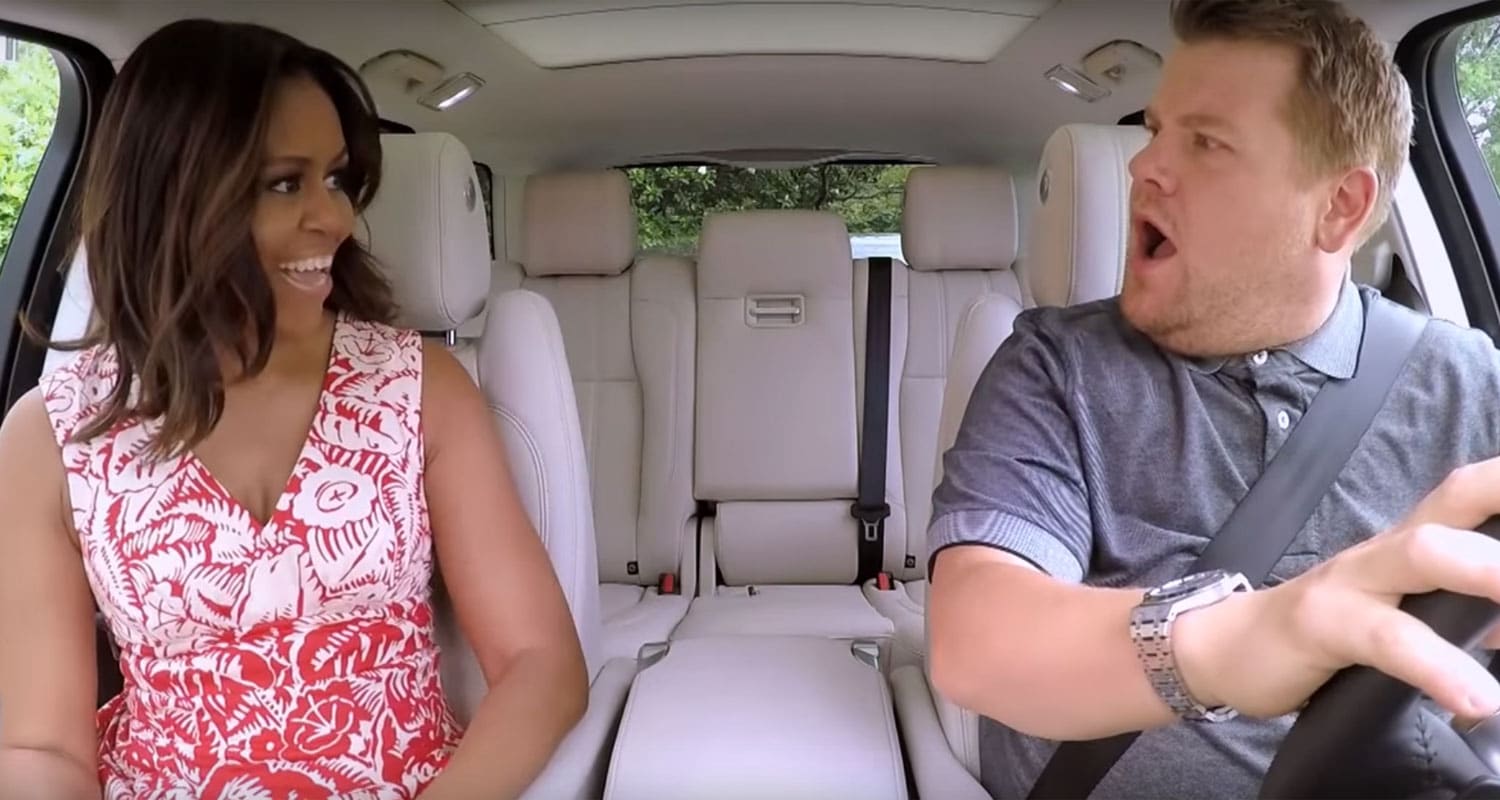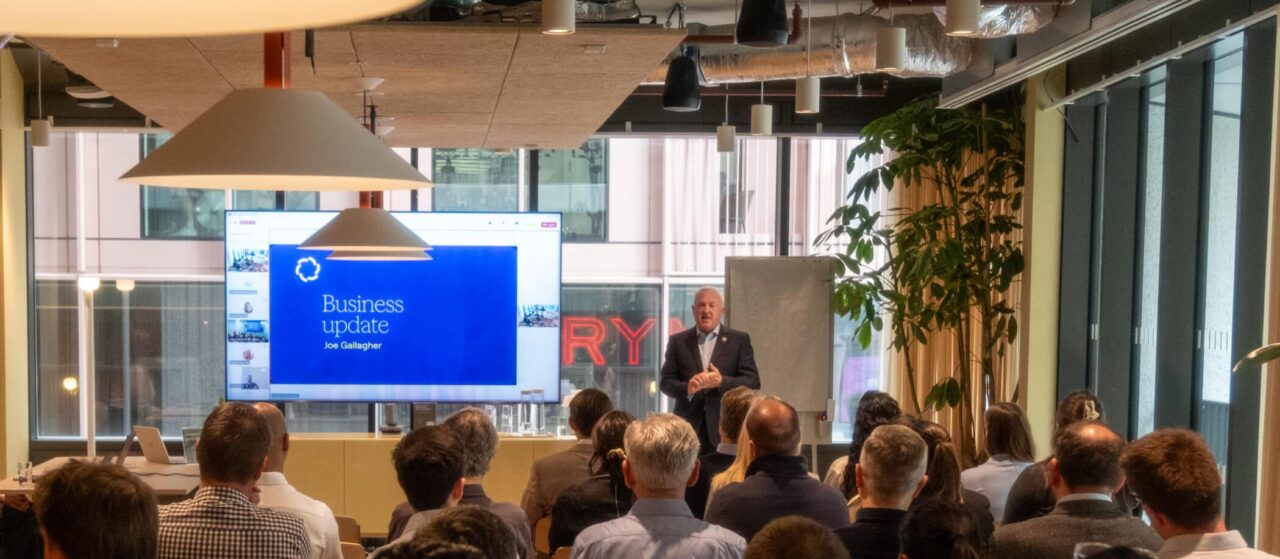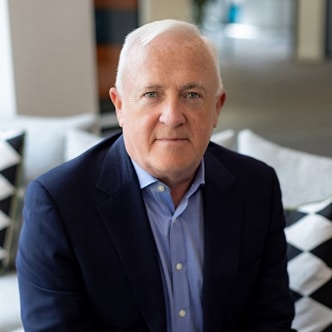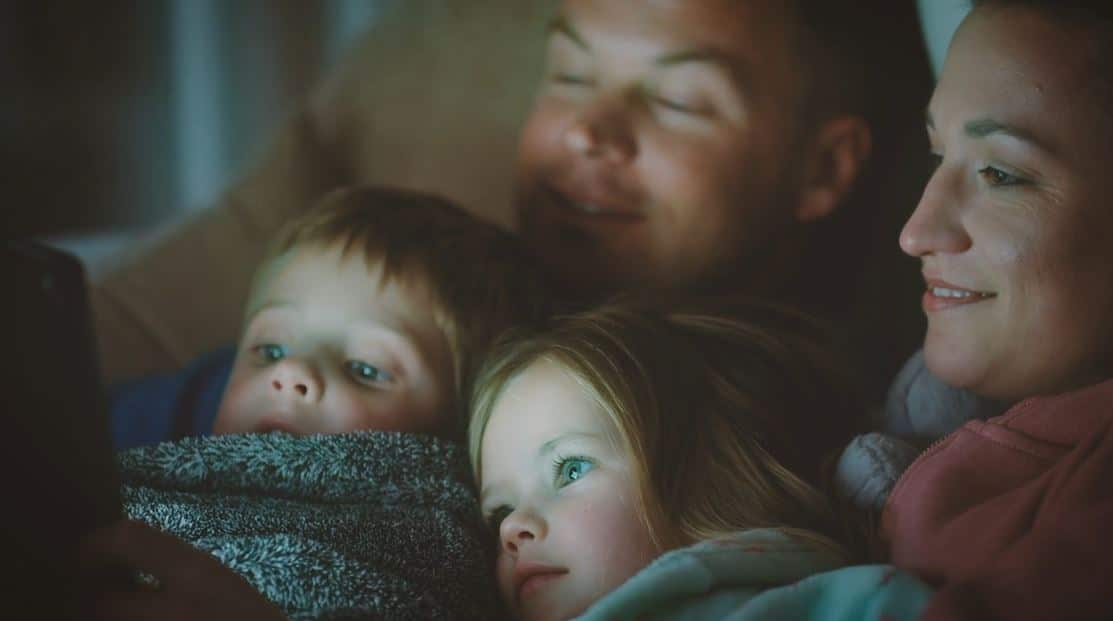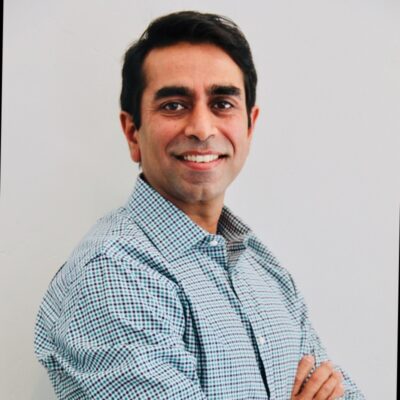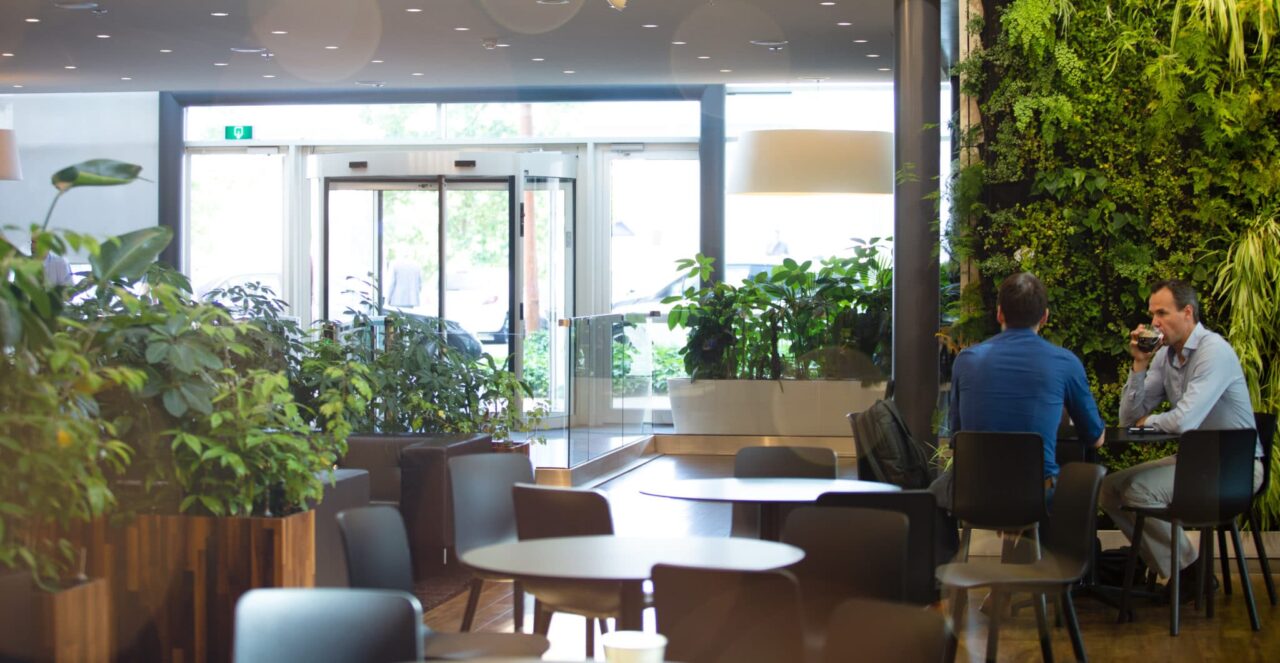Three weeks today, the USA will go to the polls. When we kick around concepts like trends and change, just think of the nature and scale of that potential upheaval. I’m not going to speculate on whether Donald Trump or Hillary Clinton is the most likely winner – but one big question looms: which of their spouses is more likely to join James Corden for Carpool Karaoke?
Not that long ago the idea of a First Lady – or First Gent perhaps – belting out their favourite song, on a US camera, in a moving car with a cheeky Londoner would seem insane. But Michelle Obama has already done it, a unique rendition of those great words of a wisdom: “If you like it then you better put a ring on it”.
And why I mention that in this slot is because 43 million people around the globe have seen it. To put that into context, the biggest show on British TV at the moment, Strictly Come Dancing, attracts around nine million viewers each week. Some of course sat down for The Late Late Show on CBS and watched it on television at 12.35am. But many more will have seen it on YouTube, a video sharing platform only established in 2005 – originally, but not for long, as a video version of a dating site. Talk about change.
It’s just one example of the way in which people watch content is rapidly evolving. This is one of the reasons why – at Liberty Global – we’ve concluded that this is as much about connectivity as content. The when and where is all about connectivity, and the what is all about content. It’s a world with a proliferation of screens: in the UK, for example, a YouGov survey reports an average of more than 7 connected devices in each household in Britain – meaning that Virgin Media enables 35 million connected devices to stream or download TV content every day.
Our mission in this connected world is to build the infrastructure of our age – and we are going at it with gusto. Over the next 4 years we will invest billions of dollars connecting 10 million new homes to ultrafast state-of- the-art broadband where an HD movie downloads in seconds and your set-top box gives you total control over when, where and how you watch that content.
Netflix would have had a short life span if it was still relying on the Royal Mail to distribute its DVDs. Cool though they were, they needed high-speed resilient broadband to get “high-def” as well as high-quality to its customers. I also think it would suffer if it was forever reliant on an extra piece of kit to kick-in. Yes, customers were craving alternatives to the three, then four, channels that some of us grew up with, and the growth in choice has been critical.
But as viewers were offered ever-expanding channel offerings by satellite companies, or new dramas that required subscriptions or a new piece of kit, arguably customer convenience took a hit. But this massive and welcome increase in available content was spread across different channels, then platforms and devices, which meant that customers ended up forever swapping remotes, switching inputs and sometimes even swapping cables in the back of their old TV.
Hence, these days, there is a craving for a curator; the appetite for an aggregator. Someone to bring all this to one place. Easily accessed & ideally on one bill. The profile of our video customers bears this out: more than 65% of our digital TV customers are on what we call our next-generation video platforms – offering easy access to a wealth of live & on demand content – a number that continues to rise every day. With this platform they get seamless Replay TV, Catch Up TV, SVOD libraries, out of home streaming of live TV and much more.
So positioning ourselves as the aggregator that brings these things together is a critical part of what we do. And to be fair that’s the goal most of the big players are chasing now – from their different starting points, of course. And we get there through investing, innovating and the empowering our customers in the digital age. Our challenge, then, is to ensure that any content they want is on our box or available to them on their second or third screens – which is the reason why we invest around 2.5 billion dollars a year on securing access to great TV.
Of course, in reality, that doesn’t mean it’s all about wholly-owned content. Some are partnerships. We recently renewed our distribution deal with Discovery. We also signed a global partnership with Netflix last month, integrating the Netflix app into our next-generation set-top boxes in more than 30 countries.
Some are direct commissions, such as Chausee D’Amour which has proved a big hit in Belgium, or from subsidiaries such as All3Media where we have announced four new original series. And some are third party apps hosted on our platform: Netflix, BBC iPlayer and RTL among many others are all directly accessible through our next-generation boxes.
We then nurture the relationships we enjoy with broadcasters to uncover new opportunities, such as advanced advertising and data services, a market that, for instance, it’s estimated will be worth around $9bn in the US by 2020. By this time, we will be able to offer addressable advertising across the majority of our set-top boxes in our footprint, allowing customers to receive more relevant advertising and advertisers to be more efficient with their advertising spend.
You may know that we also have direct investments in SBS in Belgium, UTV and TV3 in Ireland, Formula E and modest pieces of ITV and Lionsgate. Our strategy is that we want to ensure that we can access the necessary content for our customers, and having some ownership enhances our ability to do this.
And we’ve also invested heavily in our next-generation TV platform so that we can meet the demands set by today’s consumers. Enders research shown at a RTS conference recently reveals that millennials watch less TV overall than older audiences and a lower proportion of that live – but are much more likely to watch it on other platforms, especially mobile & tablet.
We can meet this demand head on through our range of multiplatform TV products including Virgin Media TV Anywhere and Horizon Go, services which seamlessly sit alongside the premium TV experience we offer on the main TV screen in the home. Managing the pace of change is very important: too fast, and you’re providing features and services before the mainstream demand is there; too slow, and consumers will do it themselves as they are forced to go elsewhere to get their content fix.
The reason we’re able to offer these different ways of watching is due to our appetite for responding to change. This is evidenced in two big growth trends we see with our customers.
The first is the rate of change in data consumption – which is primarily driven by content – has been dramatic. Five years ago, our average household consumed 27 gigabytes each month. Now it’s approaching 100 gigabytes per subscriber per month – that’s equivalent to more than 28 movies in HD.
So we invested heavily in our superfast broadband infrastructure to give our customers the best experience possible, free from irritating buffering. Today across our footprint we offer an average download speed of more than 80 Mb/s, more than four times what it was five years ago and with the price per megabyte ever decreasing.
The second main trend is the desire from consumers to source all products from one provider. Today we have 12.6 million homes taking tripe-play from us. Ten years ago, that was just 4 million. Today we have slightly under 11 million mobile customers. Ten years ago, that was zero.
So traditional TV has proved it can still deliver decent audiences. The yields remain pretty good because TV is still a good way of gathering a mass audience in one place in a way that’s still attractive to advertisers – the client not the customer if you like.
OTT is undoubtedly taking share of viewership but the current business model that can make profitability seem elusive. We all know that profits are proving a bigger challenge than profile for a number of players in this field.
So there are no simple answers – beyond finding a simple solution: of providing choice in one place, of providing centralized dissemination, of providing aggregated personalization.
Changes in consumer trends are always accompanied by changing economic models. We may be in over 30 countries across the globe, we may have more than a dozen different languages to cater for we may have a myriad of local flavours to address, but one thing always holds true: the universal demand for good content when and where you want it – whether that be Strictly Come Dancing or – God forbid at some point in the future – the spouse of the Prime Minister singing in the front seat of James Corden’s Range Rover.
The way things are going, I wouldn’t bet against it.


